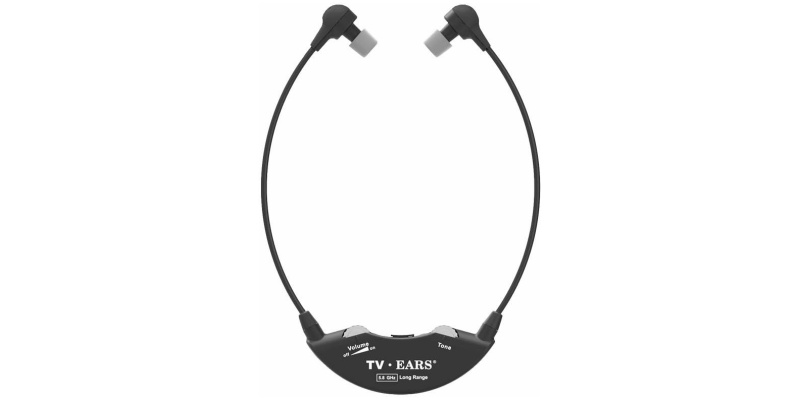Wireless infrared tv headphones have revolutionized the way we communicate and interact with our devices. From streaming music to watching television, wireless technologies have made it easier than ever to stay connected. One of the most popular wireless technologies is infrared (IR) TV headphones.
But how do IR TV headphones compare to other wireless technologies, such as radio frequency (RF) and Bluetooth? In this article, we will explore the differences between these three wireless technologies and how they can be used in different applications and how TV Ears makes use of the available technology.
Exploring the Differences between Infrared TV Headphones and Other Wireless Technologies: A Comparison of RF, Bluetooth, and Infrared Technologies

RF technology is a type of wireless communication that uses radio waves to transmit data. It is commonly used in wireless headphones, remote controls, and other devices that require a long-range connection. RF technology is reliable and has a wide range of applications, but it is limited by its range and can be easily blocked by walls or other obstacles.
Bluetooth is a type of wireless technology that uses short-range radio waves to connect devices. It is commonly used in wireless headphones, speakers, and other devices that require a short-range connection. Bluetooth is reliable and has a wide range of applications, but it is limited by its range and can be easily blocked by walls or other obstacles.
Infrared (IR) technology is a type of wireless communication that uses infrared light to transmit data. It is commonly used in TV headphones, remote controls, and other devices that require a short-range connection. IR technology is reliable and has a wide range of applications, but it is limited by its range and can be easily blocked by walls or other obstacles.
When it comes to comparing infrared tv headphones, Bluetooth, and IR technologies, there are a few key differences. RF technology has the longest range and is the most reliable, but it is also the most expensive. Bluetooth is less expensive and has a shorter range, but it is still reliable and has a wide range of applications. IR technology is the least expensive and has the shortest range, but it is still reliable and has a wide range of applications.
In conclusion, RF, Bluetooth, and IR technologies all have their own advantages and disadvantages. Depending on the application, one technology may be better suited than another. For example, if you are looking for a reliable, long-range connection, RF technology may be the best choice. If you are looking for a reliable, short-range connection, Bluetooth or IR technology may be the better choice. Ultimately, the best technology for your application will depend on your needs and budget.


